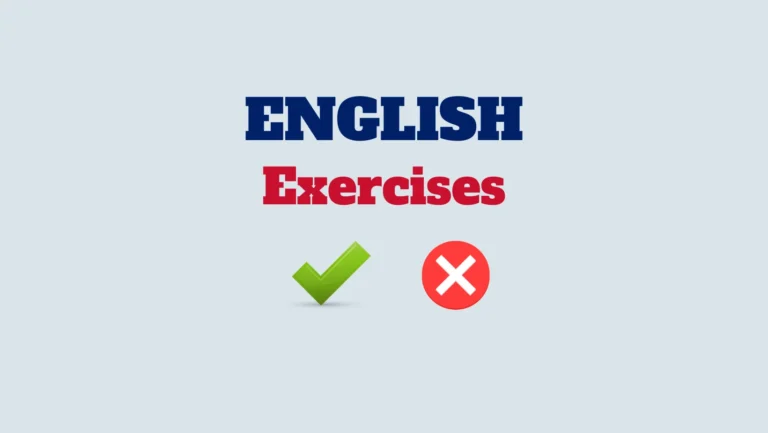“Despise” and “hate” are strong verbs that express negative emotions, but they differ significantly in their depth and focus of feeling. Understanding the nuances between these terms can enhance your ability to express emotions and reactions precisely, especially in contexts requiring detailed descriptions of personal feelings or societal attitudes. This lesson will define each term and provide examples to clarify their correct usage.
Despise
Definition:
“Despise” means to regard with contempt or scorn. It involves a deep sense of disdain or disapproval, often reserved for things or people one considers inferior, morally reprehensible, or unworthy of respect.
Examples of use:
It’s their successful economy that is so despised by the group, as they believe it contributes to unequal wealth distribution.
She despised him for his deceitful behavior, viewing it as below her ethical standards.
The artist was despised by critics in his time but is now celebrated for his innovative techniques.
Hate
Definition:
“Hate” means to feel intense dislike or hostility towards someone or something. It can stem from various reasons, including personal grievances, conflicting values, or negative experiences.
Examples of use:
It seems people either love or hate mayonnaise on sandwiches due to its distinct flavor and texture.
He grew to hate the daily commute, which took hours away from his family time.
The novel explores themes of love and hate, illustrating how closely these emotions are intertwined.
While both “despise” and “hate” express negative feelings, “despise” specifically involves contempt and a sense of superiority, often used in contexts where someone or something is looked down upon as inferior. In contrast, “hate” denotes a broader and often more passionate dislike, which can be based on more personal or emotional reasons. Accurately distinguishing between these feelings can help in precisely communicating emotions in writing and speech.



